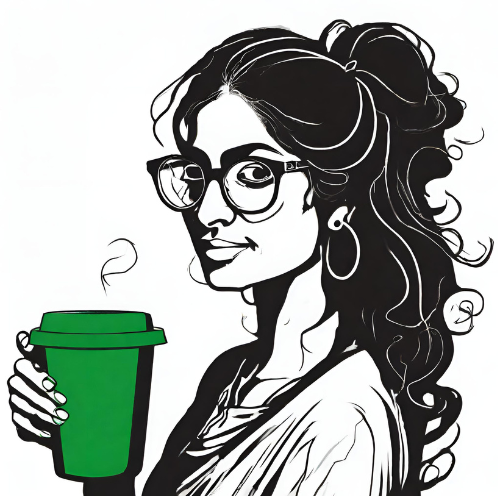In this chapter, Kumar raises fundamental questions on the ‘patterns of response’ that are evoked by texts. Acknowledging that response is person-specific, the author goes on to highlight that texts as any other media tend to evoke responses that publishers and authors count of capturing.
Some of the links in this post may be affiliate links. This means that, at zero cost to you, I will earn an affiliate commission if you click through the link and finalize a purchase.
Education and Society: Themes, Perspectives and Practices
2015
Ed. Meenakshi Thapan
New Delhi
OUP
ISBN: 9780199451319
Chapter 12: Texts and Values ~Krishna Kumar
pp. 345-357
Key Points
He identifies three key features of the nature of influence exerted by texts:
- Texts suggest what we do
- Texts communicate what others do in certain situations
- Readers/knowers of same texts tend to develop a fraternity thereby creating shared experience and understanding.
The first kind of texts tend to be either merely informative or are moralistic. In the second kind of literary texts, readers tend to relate to characters of fictional texts at an emotional level. Fictional characters understood by using “our own life experiences as a reference point”. Vicarious experience provided by media, in this case fictional texts, may provide a liberalising influence. The third form of influence gives a symbolic capacity to the text by creating a community who has read/is aware of the same text.
Engagement with texts demand and are reflections of particular social cultures. Televised texts reflect on the change in the notion of private, family space. In contrast, cinema required socially shared space by forcing people to step out of their homes. The rise in the popularity of reading novels corroborates with economic changes and birth of the great Indian middle class.
School texts also reflect values associated with form of text. Time scheduling has resulted in the dominance of short stories in textbooks. Novels, wherever introduced, are often read in an episode by episode manner. School time essentially revolves around texts. The entire school system that adheres to classification of knowledge, focuses on specialisation, and values punctuality and a general awareness in many different spheres of information, reinforces the preparation for an industrial culture. Tagore and Dewey encouraged a flexible use of school time in reaction to the “assembly line-man” socialisation in schools.
Kumar further writes about the impact of conditions in which these texts are read. Schools that function in dilapidated, impoverished conditions do not set forth a self confidence in the child. These, along with the quality of print of textbooks, are reflections of the place of education in society.
Library procedures are similarly significant in transmitting values of trust and confidence in children. Significantly, schools in the country can run without a library. The tacit message here is that prescribed textbooks are sufficient for children.
Teachers and the worth that teachers attach to texts also exert influence on the meaning students attach to the texts. A lack of personal connect an enthusiasm on the part of the teacher will also lead to a similar absence of connection felt by the students. They are unlikely to attach any personal meaning to the texts.
Finally, studies have shown that pedagogic styles have a significant bearing on the kind of response that texts evoke in students. Freire, for instance, tries to establish egalitarian values through his revolutionary pedagogy.
Pedagogic practices adopted by teachers are influenced in turn by their social and professional status and agency. Bureaucratic procedures often leave little agency with the teacher over the choice of texts and even the structuring of time and space. This corroborates with the image of teacher as a “meek dictator”.
